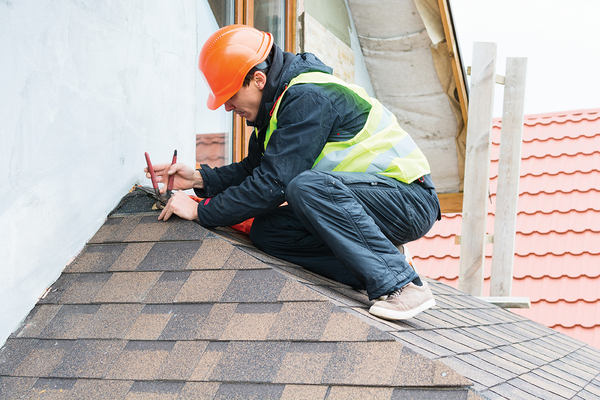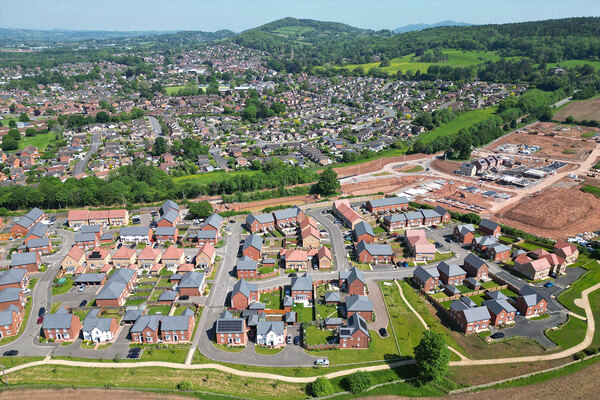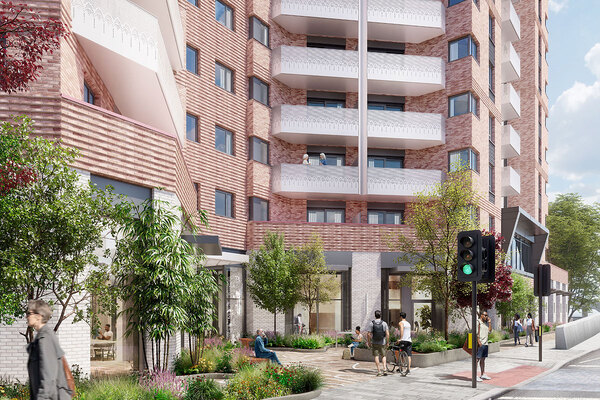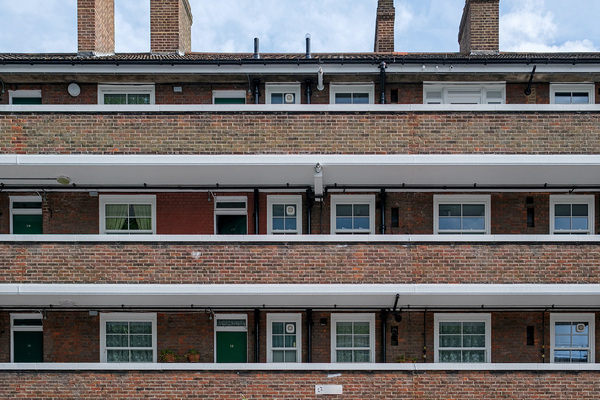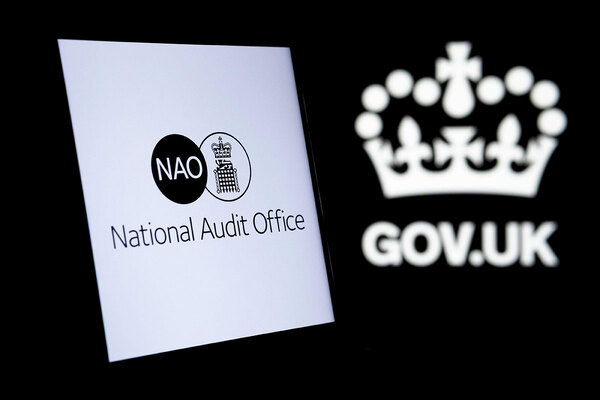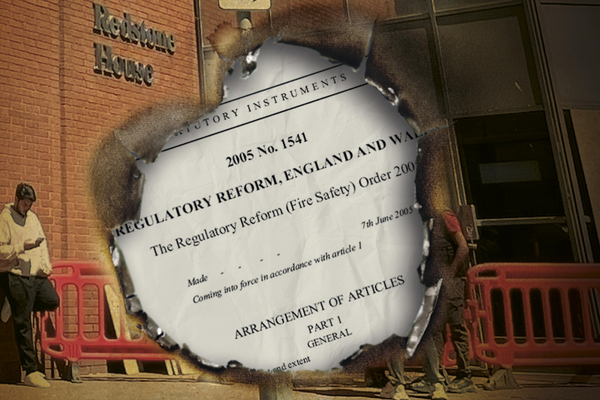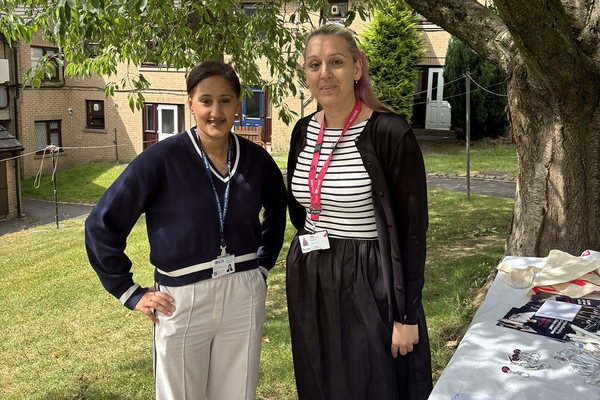You are viewing 1 of your 1 free articles
Report says new DHS should explore whether landlords include real-time data about the condition of their homes
A new report backed by several landlords is calling for the consultation on the new Decent Homes Standard (DHS) to explore whether landlords include real-time data about the condition of their homes.
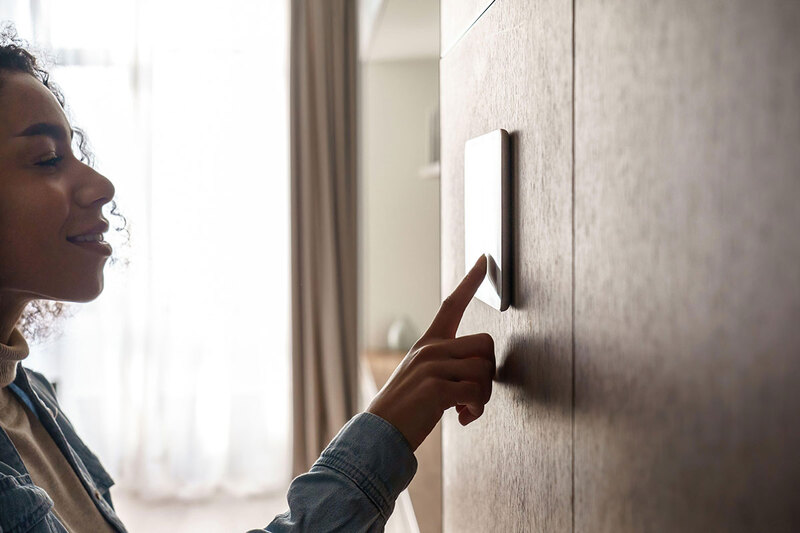
Researchers believe the large-scale adoption of such technology is key to delivering landlords’ strategic objectives, and has the power to improve living conditions for tenants by detecting faults and issues early.
If Homes Could Talk is a large piece of research into Internet of Things (IoT) sensors and connected home technology, carried out by the Disruptive Innovators Network (DIN) and Bromford Flagship.
The report calls for landlords, suppliers, government and sector bodies to make vital changes to ensure a move beyond experimental pilots to embedding smart technology in the operating core of housing strategy, delivery and tenant experience.
Matthew Gardiner, associate director at DIN and co-author of the report, said: “Connected homes are not just about devices. They’re about changing the way housing operates.
“Our report found the technologies appear to work. Although technological improvements can be made, the principal barriers are in the system that the data from those devices are being played into.
“By jointly taking collaborative action, we can ensure social housing across the UK becomes smarter, safer and more responsive – with residents at the very centre of the system.”
The findings are supported by Aster, Livv, Stonewater, Yorkshire Housing and Sanctuary.
The 30 recommendations include the creation of an IoT clause in the new DHS for the use of real-time data. Other proposals include mandating that connected home strategies have scaling plans and integration routes, embedding IoT into risk, compliance and business planning and rebuilding procurement to reward outcomes and openness.
Residents should be put in control of their data and experience, making them partners, not recipients. Plus, staff should be trained in prevention, not reaction, so they can regulate in real time. The report has also identified why previous pilots of such technologies are failing to work for social housing providers.
Researchers drew on in-depth interviews with landlords, tenant workshops, sector analysis, supplier input and practical design work.
The report revealed struggles with fragmented data and teams, organisational culture and strategic alignment, as well as some issues with tenant engagement and trust and closed supplier systems that were not fully integrated.
This was because of low resident engagement and buy-in, with risks due to digital exclusion and a cultural dependence on ‘break and fix’ models, rather than ‘predict and prevent’.
Other issues identified included a fragmented supplier market, disconnected data and unclear accountability across teams.
Dr Philippe Demougin, property innovation manager at Bromford Flagship and another of the report’s co-authors, said: “This research makes one thing clear: leadership and ownership are what count. The technology isn’t the barrier, it’s how organisations choose to use it.
“Too many connected home projects have stalled at the pilot stage, with no path into mainstream delivery. That wastes money and misses chances to improve services.
“If landlords and suppliers make this a strategic priority, embed it in their business plans and align culture and processes around prevention, connected technology can become part of everyday housing management.
“And when residents see responsibility being taken, communication handled well and results delivered, trust follows. It’s time to move from experiments to execution, and from good intentions to real improvements in people’s homes and lives.”
Sign up for our asset management and sustainability newsletter
Already have an account? Click here to manage your newsletters
Latest stories
